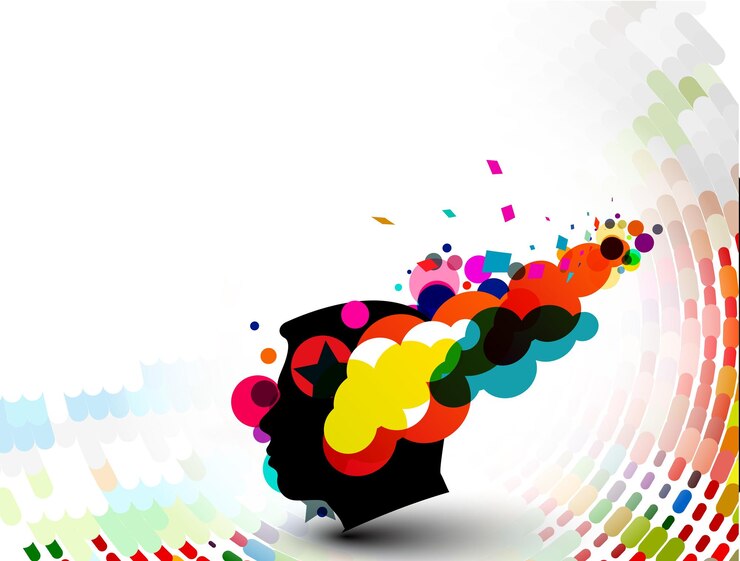The creative brain is amazing. It is playful, emotional, free, and tireless. It does not believe in finite things, for the world is full of possibilities and it chooses to be connected to everything to learn from almost any stimulus. Often it does not even know how it came up with certain things, because ideas appear in its mind like flashes, like goldfish that stand out above the rest.
Steve Jobs said that creativity comes when we learn to connect elements. It is about relating our reality with past experiences and daring to create new and challenging things. Those that at first not everyone understands, but that later will open up other possibilities and that innovation that every company needs, that human capital that our society should appreciate as it deserves.
“Creative people contain contradictory extremes; instead of being an “individual,” each of them is a multitude.”
-Mihaly Csikszentmihalyi-
Thus, and as strange as it may seem to us, even today we still hold misconceptions about creativity and the creative brain. We think, for example, that the ability to create innovative and original ideas is related to intelligence. What’s more, some continue to maintain the model of the right hemisphere as the focus and origin of our creativity. This is not true. Myths continue to blur many ideas that science has long since proven or disproved.
Let us first understand that creativity is a capacity with which we all come into the world. Let us also understand that to enhance it, to make use of it, we must begin to see the world and ourselves differently. We will talk about this below.
How does the creative brain work?
The creative brain works differently. A recent study published in the National Academy of Sciences reveals something that neuropsychologists already suspected: creative people have much more connected neural structures than the rest. Magnetic resonance imaging tests showed that functional and neural connectivity is much more complex, almost fascinating.
So, once again, the idea of associating creativity exclusively with the right hemisphere falls apart. Because the person accustomed to generating innovative, risky, and original ideas presents an immense symphony of interaction in both hemispheres, the left and the right. However, the discoveries about the creative brain do not stop here; they present even more interesting particularities.
Flexible thinking and tolerance for uncertainty
As we already know, the neural architecture of creative people is more connected and denser. This is also explained by their always flexible mental approach, open to ambiguity and uncertainty. While more rigid minds are unable to accept contradictory data, creative people see it as a challenge and try to find explanations, play with probabilities, heuristics …
High intelligence does not explain creativity
Creative people do not, on average, have particularly high IQs. We all remember, for example, the famous study carried out by psychologist Frank X Barron in 1956. He brought together renowned architects, scientists, and writers such as Truman Capote, William Carlos Williams, and Frank O’Connor in an old mansion at the University of Berkeley. He wanted to understand how the most creative minds in the country worked.
What he discovered in those days with that diverse group of personalities was the following:
- They showed an openness to the deeper inner life. They were reflective, they knew how to analyze their emotions, and they made contact with their inner needs.
- Motivation, the desire to learn, to discover things, or to show the world new ideas, concepts, or stories was something that everyone shared.
- There was also an emotional and moral component. Most of them had noble values.
- They embraced the mess and even found it inspiring.
- They had a very peculiar touch of madness, a look that was at times childish, playful, and eager to go beyond what was established, to be amazed, to enjoy the most basic things…
- Within limits, they loved taking risks.
The creative brain and introspection
Another characteristic of creative people is their introspection. They have a greater self-awareness and know how to combine their “darkest” and brightest areas. This aspect, being able to be aware of one’s limitations, defects, or most turbulent events, is often synonymous with better mental health.
Creativity is neurologically disordered
The neurologist Marcus Raichle did some interesting work in 2001 on creativity, and he concluded with something revealing. The creative brain is tremendously messy. We already know that creative innovation is not located in the right hemisphere. It is incredibly scattered.
- Thus, Dr. Raichle spoke of the “imagination network,” which involves many brain regions: areas of the medial surface of the brain, as well as the frontal, parietal, and temporal lobes.
- On the other hand, another process that characterizes the creative brain is what is known as “self-generated cognition.” That is the ability to daydream, ruminate, or let the mind wander.
Mihaly Csikszentmihalyi, after more than 30 years studying creative people, points out that they are complex personalities; it is as if their brains do not contain just one person. It is as if they have a whole team of professionals demanding things, suggesting ideas and new interests.
These are the voices that motivate them. However, they are also the ones that sometimes suggest too many ideas, too many projects… sometimes contradictory. This is one of the most common problems of the creative brain: learning to control all those flows of ideas, emotions cognitions, etc.

